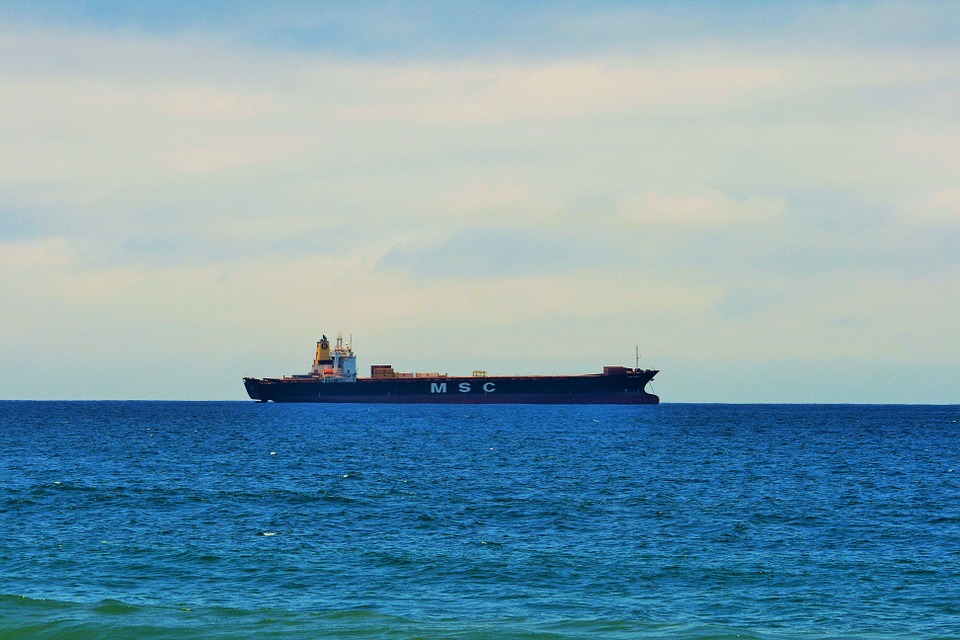
The UN is in the process of negotiating a new treaty to protect marine biodiversity on the high seas. This would involve creating an international legally binding instrument under the UN Convention on the Law of the Sea. At present, the high seas (and seabed) remain outside of the jurisdiction of any government or world body. The high seas make up more than half of the world’s oceans and contain an astonishing wealth of marine wildlife.
The high seas had remained largely untapped until recent decades. Technological advances, however, have paved the way for governments and corporations to explore and exploit the vast expanses of ocean. States and industry alike have invested in looking for valuable seabed minerals, genetic resources for medical purposes and of course abundant and diverse fish stocks.
Contentious issues include marine geo-engineering, the creation of marine protected areas and the advantages of rich countries vis-à-vis poor countries in exploiting the deep sea. In each of these issues, countries will be forced to weigh the value of commercial and national interests against conservation imperatives. Indeed, these negotiations come at an urgent time, when issues such as ocean acidification, dwindling seafood stocks and climate change are taking front and center stage in the global consciousness.
The UN preparatory committee is now moving ahead and preparing recommendations for an intergovernmental conference, drawing on prior work by an informal working group. It is scheduled to report its findings to the General Assembly by the end of 2017.

